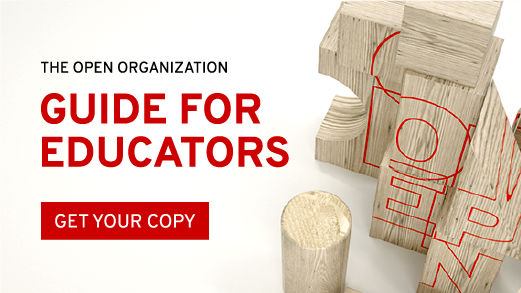Students everywhere are returning to school this season. But to what kinds of schools are they returning?
Are their classrooms organized like industrial-era factory floors, built around ideals like mass standardization and tailored for maximum efficiency? Or do they look more like agile, networked learning communities?
Are they listening passively from the back of the room? Or are they collaboratively shaping what and how they learn as their teachers connect their lessons to projects and contexts outside the classroom?
Are they submitting large projects in high-stakes gambits for definitive grades? Or are they releasing their materials for assessment early and often, airing their mistakes, gathering useful feedback, and iterating their way to success?
In other words: Do their classrooms function the same way they have for roughly 100 years? Or are they becoming more open? Do their teachers have the freedom to prepare them for the more participatory and dynamic world they're about to enter?
The open organization community at Opensource.com hopes it's the latter. And we've just released a new guide for helping educators realize the benefits of constructing their classrooms, departments, and schools on open principles.
The Open Organization Guide for Educators features dozens of tips for creating more transparent, adaptable, and inclusive educational organizations in a number of learning contexts—including public, private, post-secondary, and non-profit spaces. In development since May and available starting today, the book collects case studies and best practices from educators across the globe.
Like all books in the Open Organization series, The Open Organization Guide for Educators is licensed under the terms of a Creative Commons license. So when we say "open your book," we mean it; its source files are available on GitHub, so readers can share it, fork it, modify it, log bugs and typos, and propose their own additions.
Pencils down. Let's get to work.








2 Comments